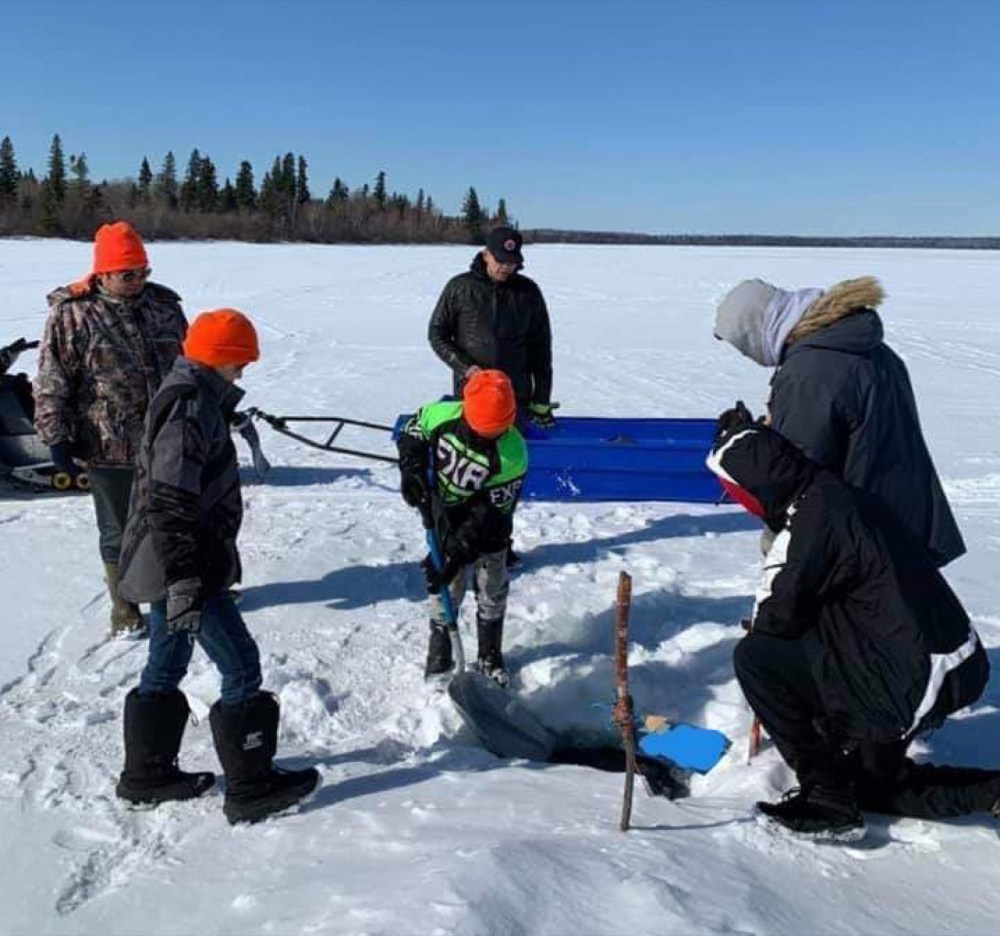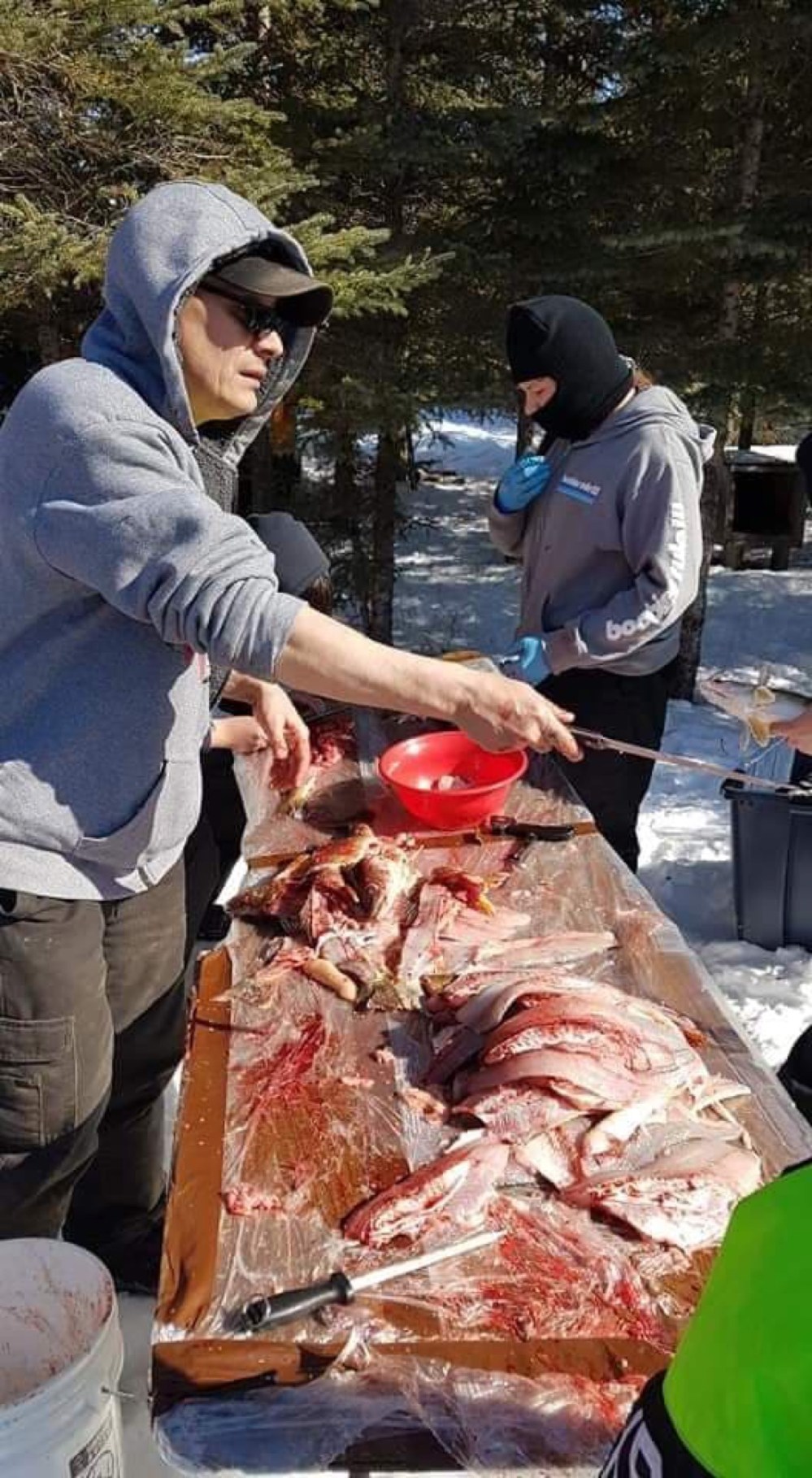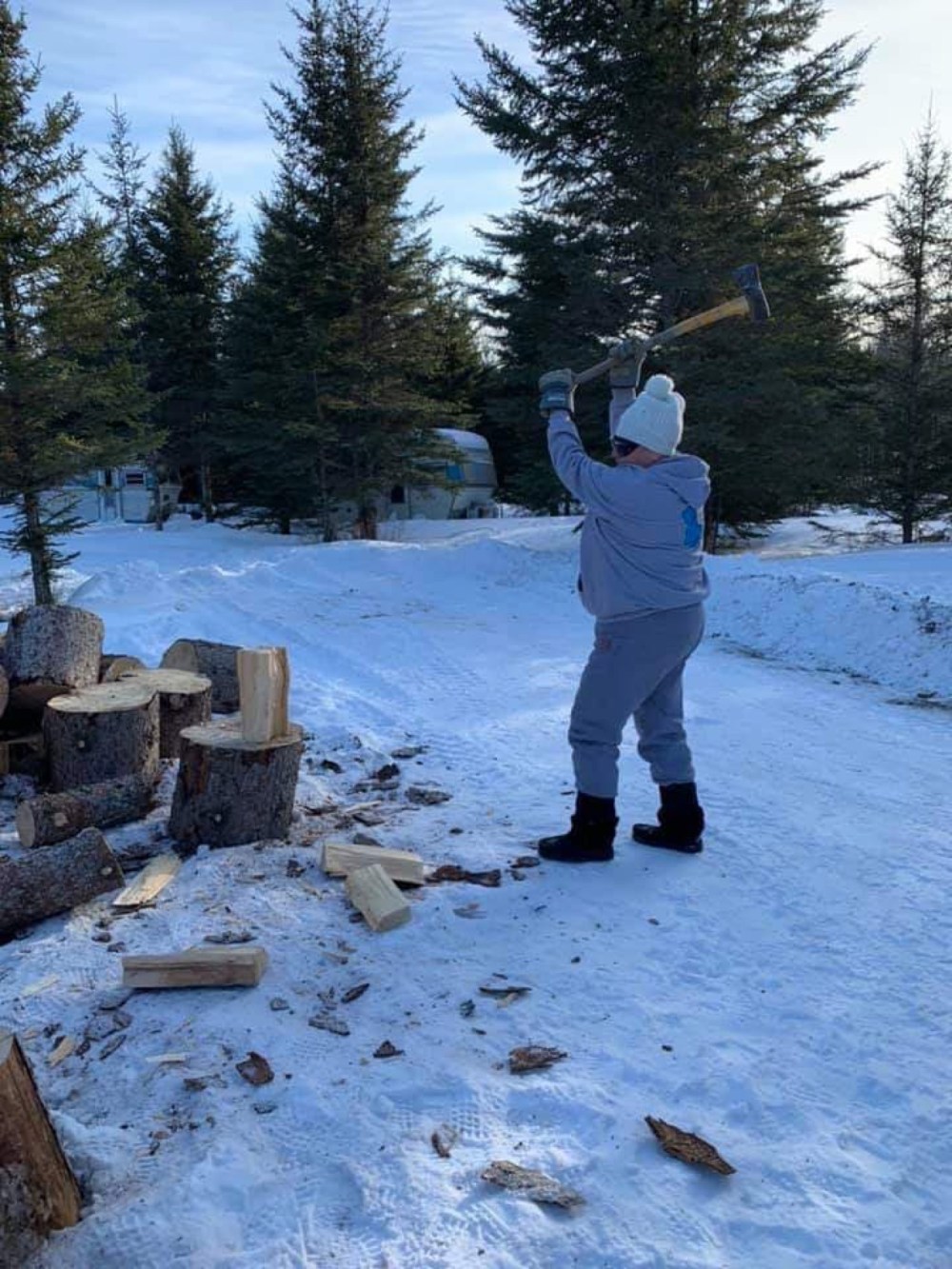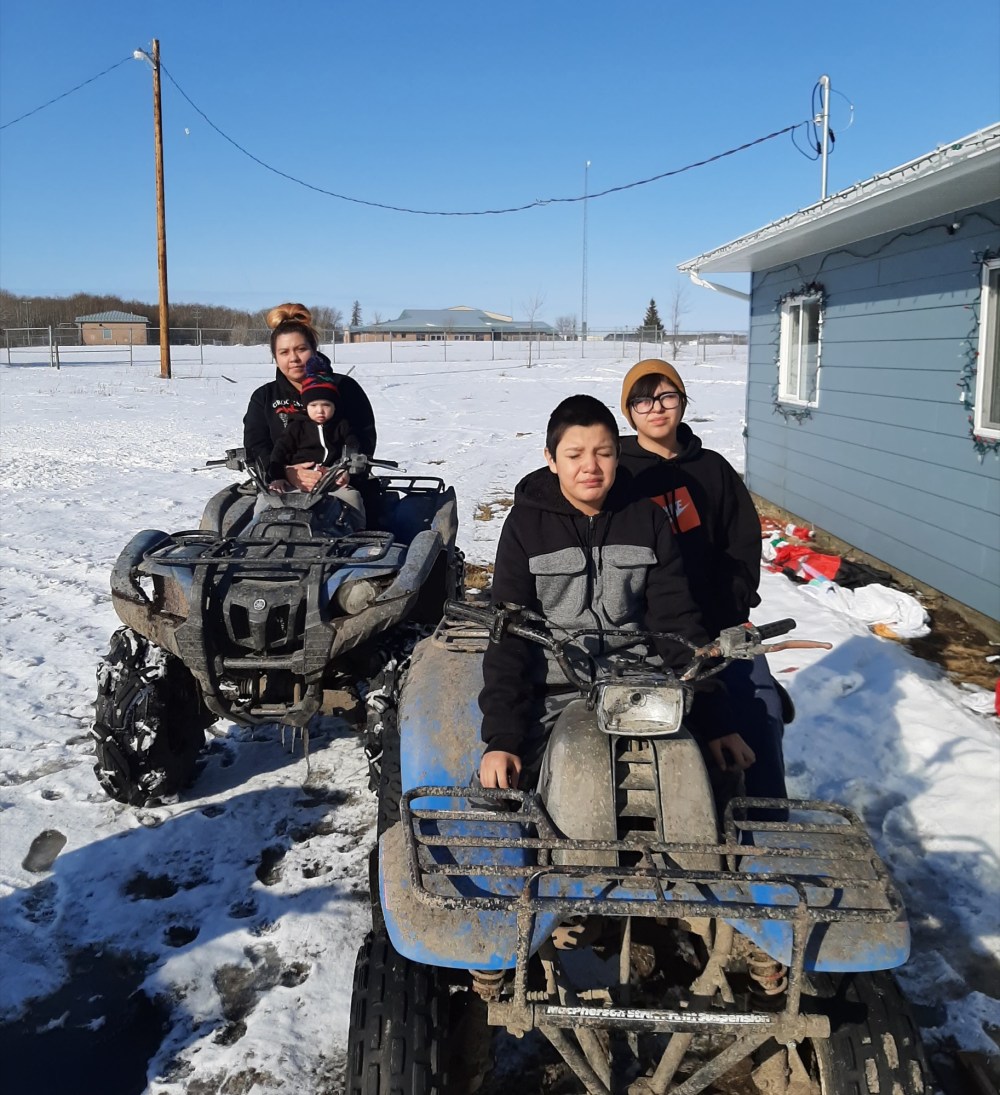Keeseekoowenin braces for coronavirus
Advertisement
Read this article for free:
or
Already have an account? Log in here »
We need your support!
Local journalism needs your support!
As we navigate through unprecedented times, our journalists are working harder than ever to bring you the latest local updates to keep you safe and informed.
Now, more than ever, we need your support.
Starting at $15.99 plus taxes every four weeks you can access your Brandon Sun online and full access to all content as it appears on our website.
Subscribe Nowor call circulation directly at (204) 727-0527.
Your pledge helps to ensure we provide the news that matters most to your community!
To continue reading, please subscribe:
Add Brandon Sun access to your Free Press subscription for only an additional
$1 for the first 4 weeks*
*Your next subscription payment will increase by $1.00 and you will be charged $20.00 plus GST for four weeks. After four weeks, your payment will increase to $24.00 plus GST every four weeks.
Read unlimited articles for free today:
or
Already have an account? Log in here »
Hey there, time traveller!
This article was published 30/03/2020 (2041 days ago), so information in it may no longer be current.
Spring in the time of a global pandemic at Keeseekoowenin Ojibway First Nation, a community of 170 households one hour north of Brandon, means family groups are outdoors, yet observing health and safety precautions.
Band member Ryan Catcheway shared with the Brandon Sun how family groups fish for pickerel at Clear Lake, on First Nation land. Sixty to 100 pickerel daily are fileted, bagged and distributed to members on social assistance,
single mothers, small families and elders.

“People are taking care of each other. It’s good,” Catcheway said.
Hunters will go out on regular hunts, and will similarly distribute deer or elk meat.
Families are enjoying their time outdoors for play, which Catcheway has observed.
James Bone, the director of health of health for Keeseekoowenin has observed the same, and added the community is observing Manitoba chief public health officer Dr. Brent Roussin’s instructions to cancel all playdates for children.
“We’re echoing that here in our community. I’m echoing that in my own family. Because school is out,” said Bone.
“I went by a house yesterday. It was a beautiful day out. I saw a family playing outside. Two parents outside with their children. That looked beautiful. That’s what I want to see. That’s what you need to do. I stopped at a good distance at a hill, and I waved at them. They were
doing the right thing. I encouraged that.”
Catcheway’s two elder children, 15 and 12, attend Strathclair Community School and Keeseekoowenin’s school, respectively. The province shut schools down as of the close of class March 20. Manitoba First Nations School System, of which Keeseekoowenin School is a part, shut down schools the week prior.
“I’m going to be picking up my kids’ packages and try to teach them from home, homeschool,” said Catcheway.
While schools were officially closed to a post-spring-break date, Catcheway is prepared for the possibility that his children will be home until September.
As the health director, Bone said he has been monitoring the evolution of the coronavirus since first hearing about it in January.

“It was going to come this way. It was a given. That’s the way I understood it,” Bone said.
Discussions in the community began about four weeks ago, and Chief Norman Bone struck a pandemic committee a week later. The committee will hold its fourth meeting today. The group, since cut down in size to improve health and safety, meets in the gymnasium, where key leadership and key staff observe physical distancing.
“We activated our pandemic plan roughly three weeks ago. There are key components, like getting out information packages to each household. And it’s up to each household to follow handwashing, disinfect their home, physical distancing and all of those things,” James Bone said.
To place that timing in context, the message from the province March 4 via its novel coronavirus (COVID-19) bulletins continued to state the risk to Manitobans remained low. On March 11, the World Health Organization declared the pandemic, and Manitoba reported its first
presumptive positive case of COVID-19 March 12, with 403 tests completed.
Keeseekoowenin is now running essential services only — water delivery, septic services, home and community care, medical transportation and garbage pickup. Doors are locked at all public buildings.
“My staff does over-the-phone health-care visits, because that’s being recommended — where you can work from home. Every Thursday, Prairie Mountain Health has a mobile clinic that comes to the community,” said Bone, adding that those wanting to visit the clinic need to call the health centre receptionist first.
“The medical transportation co-ordinator is working from home. We have her number posted on the health Facebook page.”
The community has a wellness worker, who through his own Facebook page, is available to work with people one on one. His phone number is posted, and information is streamlined on the community’s health page. Keeseekoowenin is a member of the West Region Tribal Council, and a mental health counsellor is available through the council should one be needed.
“Her number is also available,” said Bone.
“Mental health is a big issue. It’s caused a lot of anxiety, this whole thing. Everything like this is causing all of that stuff in our people.”

During our conversation, Bone reversed the questions. Noting that Indigenous people have historically always been, and currently remain, especially vulnerable to imported disease, he wondered what was specifically was being done to keep people protected in business centres where Keeseekoowenin’s members shop and do business, such as Shoal Lake, Strathclair, Sandy Lake, Minnedosa and Brandon.
I explained what measures I witnessed, but I spoke with Bone just days before the province identified two positive cases Saturday.
Bone participates in regular conference calls with Indigenous Services Canada and Prairie Mountain Health. But in a rapidly evolving situation — with daily updates from the province and Prime Minister Justin Trudeau, which Bone follows — these calls remained, as of last week, on a weekly and bi-weekly basis.
First Nations and Inuit Health, a division at Indigenous Services Canada, sends out a daily email update to First Nations. The federal department refused to add the Brandon Sun to the email list.
“We’re not able accommodate this request as this is considered internal communications to the department and does not pertain to media relations,” stated Leslie Michelson, media relations with the department.
Catcheway, late last week, said people are not really leaving the community, perhaps shopping at smaller centres, but avoiding Brandon and Winnipeg. Bone also said, “Our community members will probably stay away from Brandon,” but added leadership could not force people at that point.
Catcheway’s family shops at Heritage Co-op in Sandy Lake, a small community down the road, where, as per stores everywhere now, physical distancing is aided by taped arrows and limited numbers of shoppers.
Based on Catcheway’s account of his and his family’s activities, as well as what he’s observing in the community, Keeseekoowenin is doing everything right.
Catcheway’s family did have to travel to Winnipeg mid-March. Catcheway and Mindy Blackbird’s baby, who is now a year old, was born with a serious medical condition, and following healing from open-heart surgery, needed to be taken off his heart medication. That meant one week in the capital.
“We went to Walmart, grabbed our food, and went into our hotel room. We stayed in our hotel room. We had to stay close to the hospital,” he said, adding they monitor their son’s heart at home and have medication they need on hand should it be needed.
Keeseekoowenin hasn’t barricaded its community. Chief Bone said it would be difficult to isolate a community that way with nine entry points. Catcheway understands there’s no protocol to block the community.

“I know other places like Crane River, Ebb and Flow, Sandy Bay, I believe, they have people blocking the entrances and not letting people in. They have people, literally like security guards, standing, and if you’re not part of the community, you can’t enter the reserve. Nothing like that here, he said, adding, “Those reserves are closer to Winnipeg.”
James Bone said the community has previously dealt with H1N1 in 2009, but had not been hit.
“We’ve had these pandemics hit over the years. That’s why we have our plans in place today,” he said.
“We’re ready.”
He said should a community member contract COVID-19, there is a process in place.
“Health Canada has that laid out. They discussed that with us yesterday. Their point of contact will be our community health nurses,” Bone said Thursday.
» mletourneau@brandonsun.com
» Michele LeTourneau covers Indigenous matters for The Brandon Sun under the Local Journalism Initiative, a federally funded program that supports the creation of original civic journalism.
